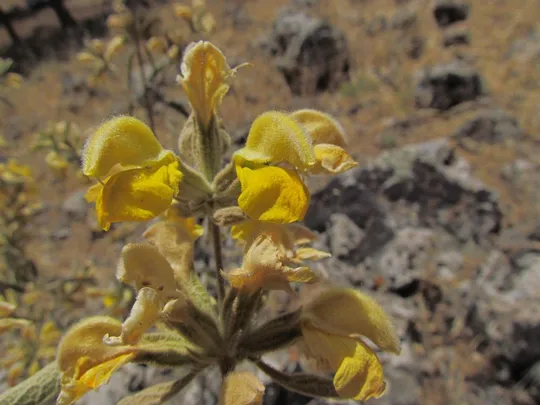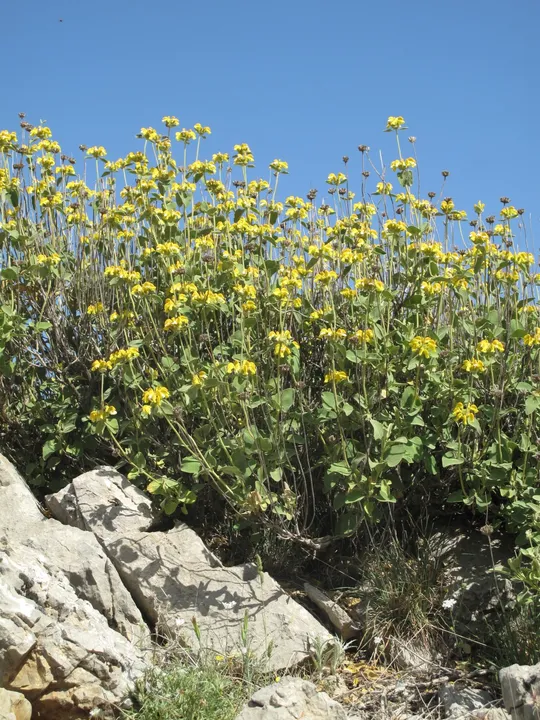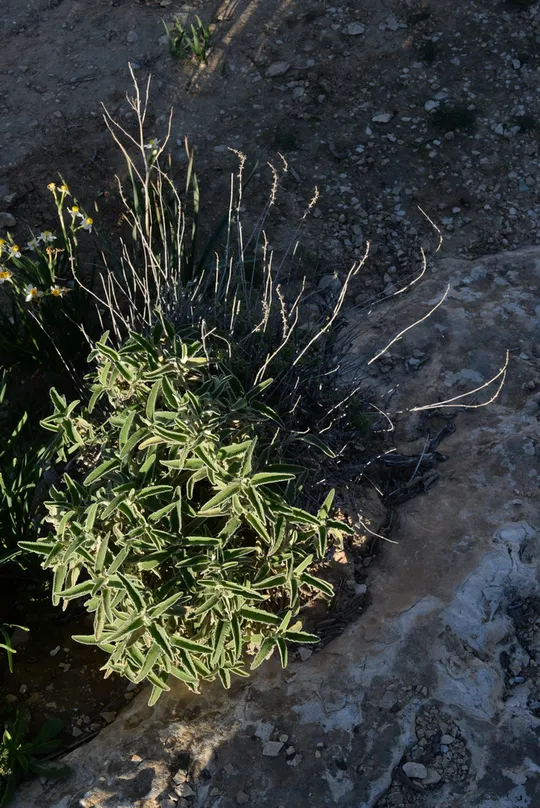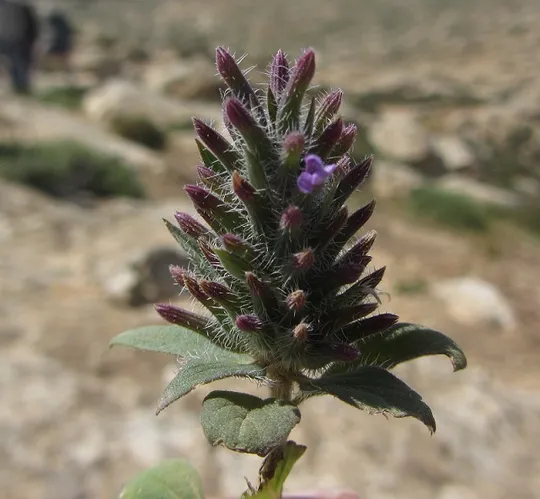Tumbling Jerusalem Sage
Phlomis herba-venti
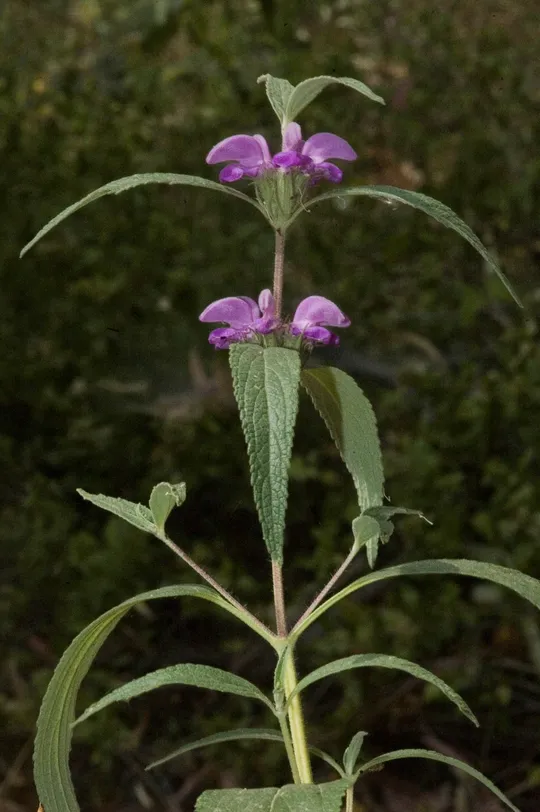
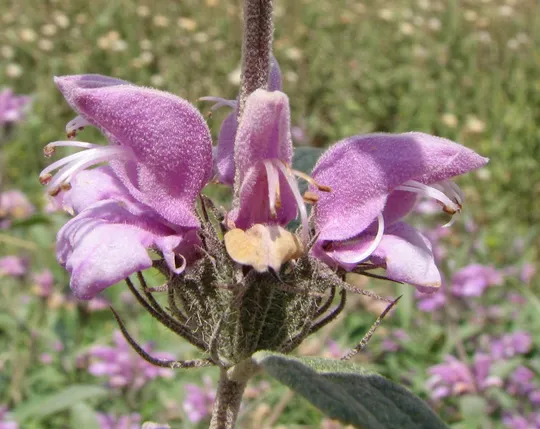
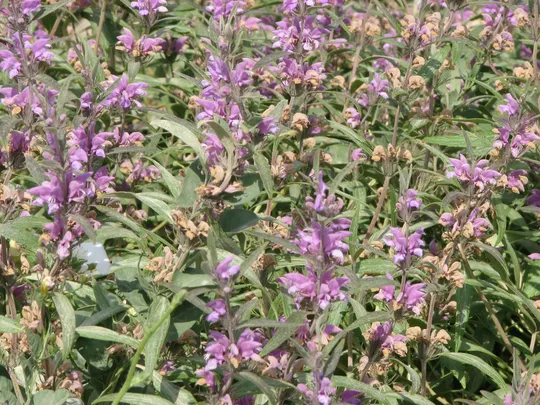

Phlomis pungens grows in five
regions: the Golan Heights, the Lower Galilee, the Jezreel Valley, Samaria and
the Judean Mountains. It is found with certainty on 30 sites in Israel,
although according to estimates there are about 40 sites. It is extinct at nine
sites from which it was previously known. Most of the sites are located in the
Lower Galilee and in the Jezreel Valley. In the Lower Galilee it appears in the
Tur’an Valley-Golani Junction, Yavne'el Heights, Kokhav Heights, and Yisashar Heights. In
this region it is extinct from Kfar Tavor, Ilaniya, Moledet and Givat HaMore.
In the Jezreel Valley it is found in the region of Afula, Tel Adashim, Dovrat,
Balfuria, Sarid and in the Ta’anakh geographic region up Ram-On. In the Jezreel
Valley it is extinct from several sites, such as Nahalal and Merhavia. In the
southern Golan Heights it is found in the Nov-Afik region and also in Hamat
Gader. In Samaria it was found for the first time by Ofra Friedman in the Kida
region. The country's southernmost populations are found in the southern Judean
Hills in the region of Mount Amasa-Tel Krayot. According Oz Golan (pers. comm.)
the species is common in fields throughout the entire eastern Mount Hebron.
In Jordan it
grows in the regions of Gilead, Ammon, Moab and Edom.
Fields of
herbaceous vegetation on heavy soils, often basaltic and in cultivated transition
areas. It also appears on the margins of cultivated fields and eucalyptus
groves. In Jordan it is a dominant plant in traditional cultivated lands on
brown alluvial soils, in the transition area shrubland of the Kereh Heights and
Tafilah in Moab and in northern Edom at altitudes above 700 meters.
The genus Phlomis includes
about 100 species, mostly in the Mediterranean and Irano-Turanian regions. In
Israel ten species grow; nine of them have yellow flowers, and only one, P. pungens has mauve
colored flowers, a relatively rare color in the genus Phlomis. The
diagnostic signs that distinguish between the different groups in the genus are
not flower color but flower structure, the number of flowers in a whorl, and particularly
the form and structure of the flower bracts. All the Phlomis species in Israel belong to the Phlomis sub-genus in
which the upper lip of the corolla is galeate and highly convex, and the lower
lip is large and has three lobes, with the central lobe significantly larger than
the lateral ones. This sub-genus consists of three groups in the Near East: the
P. viscosa group, which includes woody shrubs with many flowered whorls;
P. brevilabris
(see P. syriaca) which has
4-8 flowers in each whorl and mostly small
flower bracts and the P. pungens (Subsec. Oxyphlomis) group. It has
characteristically few flowers in its whorls (2-6) and rigid long flower bracts
(5), 10-26 mm long. This group has four species in Turkey and only one species extends
southwards to the Levant, including Israel and Jordan that are the southern limit
of its range.
·
Phlomis pungens
is still found at a significant number of sites, but their numbers have
decreased compared to what was previously known, particularly in the Lower
Galilee and the Jezreel Valley.
·
At most sites
the P. pungens populations are not large and the number of plants in
them ranges from individuals to tens and hundreds, but does not exceed that
number.
·
P. pungens
grows at the edge of cultivated and planted areas. The expansion of
agricultural areas with heavy soil in transition regions and the shift to
intensive agriculture endanger the continued existence of the populations.
Another threat is herbicide application in planted groves and on the margins of
fields and canals.
·
The P. pungens
sites in Israel are not located in nature reserves.
·
No information
is available on the threat and conservation status of P. pungens in
other countries in its range, although its spread in the Mediterranean Basin indicates
that it is not globally endangered.
Phlomis pungens sites in the
Lower Galilee and the Jezreel Valley should be identified in fallow fields, on
heavy soils and at the edges of cultivated fields and planted groves and they should
be declared protected areas, in order to enable the continued existence of P. pungens populations as
well as other species unique to this habitat. In protected areas P. pungens populations should be monitored.
The main
distribution of Phlomis
pungens is in the Irano- Turanian region from Central Asia
through the Caucasus and up to the Middle East. It is also known from southeastern
European countries such as Greece, Bulgaria, Albania, the former Yugoslav
countries and spread in fields to Spain. P. pungens also grows in North Africa – Morocco, Algeria and Tunisia. It is
particularly common in Turkey, from where five different varieties of this
species are described.
Phlomis pungens is a perennial grass
of fallow fields, edges of cultivated fields and groves, on heavy soils in the
Lower Galilee, Jezreel Valley, and transition zones. The number of its sites is
declining and its habitat is extremely vulnerable to development and conversion
to intensive agriculture. It is not protected in nature reserves in Israel and
as far as is known it is not globally endangered.
Current Occupancy Map
| 1000 squre meter pixel | 5000 squre meter pixel | 10000 squre meter pixel | |
|---|---|---|---|
| number of observations | 0 | 0 | 0 |
| in total pixels | 0 | 0 | 0 |
| Family | Lamiaceae |
| Classification | On the endangered species list |
| Ecosystem | Mediterranean |
| Chorotype | Western Irano – Turanian – Eastern |
| Conservation Site | Golani Junction – Tur’an Valley, Afula Ilit Grove, Kida - Esh Kodesh region in Samaria |
| Rarity |
1
1
6
|
|---|---|
| Vulnerability |
0
3
4
|
| Attractiveness |
0
1
4
|
| Endemism |
0
0
4
|
| Red number |
1
3.2
10
|
| Peripherality | N |
| IUCN category | DD EW EX LC CR EN VU NT |
| Threat Definition according to the red book | Vulnerable |
 Based on:
Based on:
